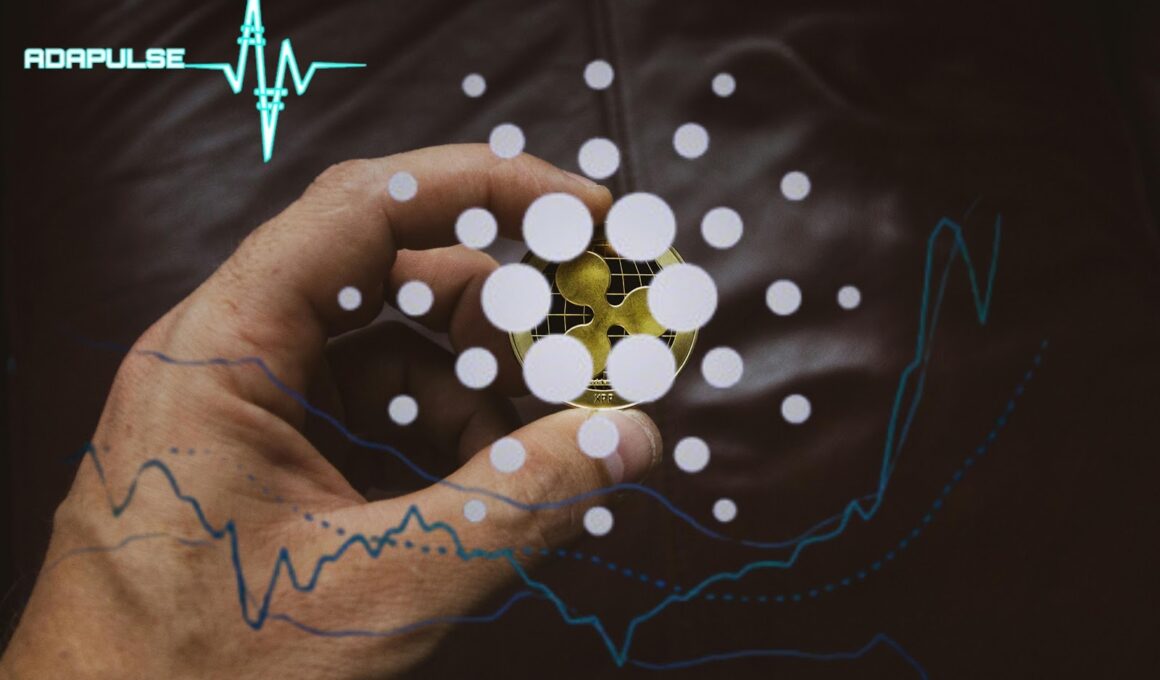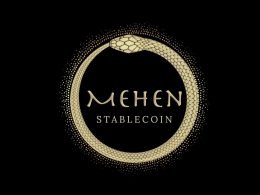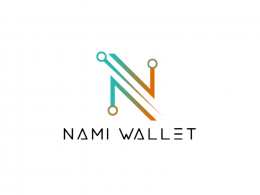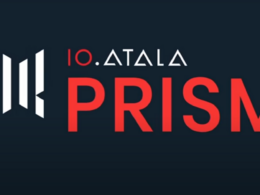Far too often, we see folks who haven’t done their research run along with little gossips on the that the Cardano Blockchain is dead or as some would put it, forgotten. But these people couldn’t be more wrong! Cardano is indeed thriving, with a network and ecosystem that boasts of a wide range of innovative projects and tokens built on its network. Whether you’ve got years of crypto experience or you’re only just a newbie, understanding these projects and tokens built on Cardano Blockchain Network will definitely make you appreciate it more. So let’s proceed.
Understanding Cardano and Its Vision
Cardano is a third-generation Blockchain, which was engineered to provide users with security, decentralization and scalability solutions. It wasn’t as if these were not offered by already existing Blockchain networks prior to its development, but Cardano was set up to make these into upgraded versions of themselves. The technology was pioneered by one of the co-founders of Ethereum, Charles Hoskinson, and its development was handled by a company called Input-Output Hong Kong (IOHK). With a native token, ADA used for transactions and network security through staking, Cardano uses the scientific approach in developing Blockchain.
But there’s more than just ADA, when we talk about tokens developed on the Cardano Blockchain. Several other projects and tokens with their own distinct solutions and features have also been developed, showing usefulness in various industries, from finance and storage, up to gaming and decentralized services. Let’s take a look at some of these exciting coins and projects that exist within the Cardano Ecosystem.
1. World Mobile Token (WMT)

One of the most ambitious projects within Cardano is World Mobile, a decentralized mobile network aimed at connecting billions of people who lack access to the internet or basic phone services. World Mobile Token (WMT) powers this network, which operates in the Decentralized Physical Infrastructure Network (DePIN) sector—a rapidly growing space within crypto. The project focuses on building a hybrid dynamic network that is significantly cheaper for users, which is crucial given their customer base primarily resides in developing countries.
World Mobile has already shown success in areas like Zanzibar and Pakistan, providing faster and more reliable connectivity than many traditional services. However, it faces stiff competition from projects like Helium Mobile, which already has tens of thousands of subscribers. World Mobile’s high hardware costs and low rewards for node operators also pose challenges, potentially slowing down its adoption.
Pros:
– Real-world use cases in developing countries.
– Addresses a critical need for affordable mobile and internet services.
– Significant potential market.
Cons:
– High initial cost to run nodes.
– Stiff competition from Helium Mobile and others.
2. Djed (DJED)

Another major project in the Cardano ecosystem is Djed, a decentralized algorithmic stablecoin designed ultimately to become a stable asset, to power DeFi activities across the ecosystem by being backed by ADA and using a reserve of other stablecoins. It aims to design stability with decentralization.
With the growth of DeFi, stablecoins like Djed are needed to provide users with a reliable, low-volatility asset. It is an algorithmic stablecoin which means it adjusts supply to try and maintain its value. It has received a lot of hype within the Cardano community but other algorithmic stablecoins have failed in the past (e.g. Terra’s UST) which has caused questions on if Djed can survive in extreme market volatility.
Pros:
– Provides stability for DeFi activities on Cardano.
– Backed by ADA and reserve assets.
Cons:
– Algorithmic stablecoins have faced issues in the past.
– Requires significant adoption for stability.
3. Indigo Protocol (INDY)

Indigo Protocol stands out as a project focused on synthetic assets, known as iAssets. These iAssets track the price of real-world assets, allowing users to gain exposure to them without directly holding the assets themselves. This concept is part of the rapidly growing Real World Assets (RWA) sector.
Indigo Protocol has seen rapid growth in total value locked (TVL), currently the highest among all projects on Cardano, with over $100 million in assets. It enables the creation of iAssets with ADA or stablecoins, which essentially increases the use cases of Cardano’s native cryptocurrency. But the project has had some trouble in keeping a stable peg for a few of its synthetic assets and there are concerns around low developer activity that might hinder it from seeing long-term success in the market.
Pros:
– High TVL, indicating strong early adoption.
– Allows for exposure to real-world assets on-chain.
Cons:
– Issues with maintaining a stable peg for iAssets.
– Low developer activity could be a red flag.
4. Minswap (MIN)

The dominant decentralized exchange (DEX) on Cardano, Minswap, is responsible for around 80% of all trading volume in the ecosystem. In terms of liquidity and volume, Minswap is unparalleled, and it consistently leads the pack. The upcoming release of Minswap V2 promises faster trading speeds and enhanced features that could help it maintain its lead.
Despite its dominance, Minswap faces some challenges. For instance, staking rewards are relatively low, which might discourage long-term participation from users. Moreover, the number of active wallets on Minswap has been stagnant, which could limit its future growth.
Pros:
– Largest DEX on Cardano by trading volume.
– Strong liquidity and upcoming feature upgrades.
Cons:
– Low staking rewards.
– Stagnant growth in active wallet usage.
5. Iagon (IAG)

Operating within the DePIN sector, Iagon is focused on decentralized storage, allowing users to sell excess storage in exchange for rewards. As part of the decentralized storage sub-sector, Iagon aims to rival industry giants like Google Cloud and Amazon S3, offering significantly cheaper rates for users.
The potential is enormous for decentralized storage but the competition for Iagon, from players like Filecoin which have thousands the storage capacity that Iagon has and lower storage costs, are insurmountable in terms of growing adoption.
Pros:
– Part of the booming decentralized storage sector.
– Much cheaper than traditional cloud storage solutions.
Cons:
– Strong competition from established players like Filecoin.
– Much smaller storage capacity compared to rivals.
6. Cornucopias (COPI)

Cornucopias is a new kind of play-to-earn MMORPG (massive multiplayer online role-playing game) powered by Cardano. In this virtual world, players can participate in mini-games, gather resources, craft tools, and trade with others. What makes Cornucopias special is that everything in the game is really owned by the user and all assets (land, vehicles, characters) are NFT-based.
Gaming is one of the most popular and mature sector in crypto, and Cornucopias is looking to tap that with its chain-agnostic vision. However, the project is still in pre-alpha, and there are model risk concerns behind the tokenomics. A large portion of tokens are still locked up, and many of early investors could be selling their positions when they unlock – creating significant downward pressure on price.
Pros:
– Strong presence in the gaming sector.
– Chain-agnostic, reducing reliance on a single blockchain.
Cons:
– Still in early development stages.
– Tokenomics could lead to future selling pressure.
7. Empowa (EMP)

Empowa is a project designed to combat housing inequality in Africa. With the help of blockchain, Empowa builds affordable housing for low-income families who can acquire their homes through decentralized financing. The project’s token, EMP, is used to power these projects, highlighting Cardano’s objective to enhance financial inclusivity.
Empowa has seen early success in countries like Mozambique, where it’s building sustainable housing. However, like other impact-driven projects, scaling this model to a larger market remains a challenge.
Pros:
– Social impact project focused on housing affordability.
– Strong alignment with Cardano’s vision of inclusivity.
Cons:
– Scalability is a major concern.
– Limited market reach currently.
Conclusion
So there you have it guys! Cardano’s ecosystem is not dead—in fact, it is very much alive. There are several projects being built on Cardano ranging from mobile networks, decentralized storage, gaming and financial inclusivity. Whatever you’re passionate about be it DeFi or gaming or social impact – there’s likely something being built or already on Cardano that aligns with your passion. While the ecosystem might be nascent and face competition and challenges ahead, the breadth of projects being built demonstrates beyond a shadow of a doubt – Cardano is very much alive!










